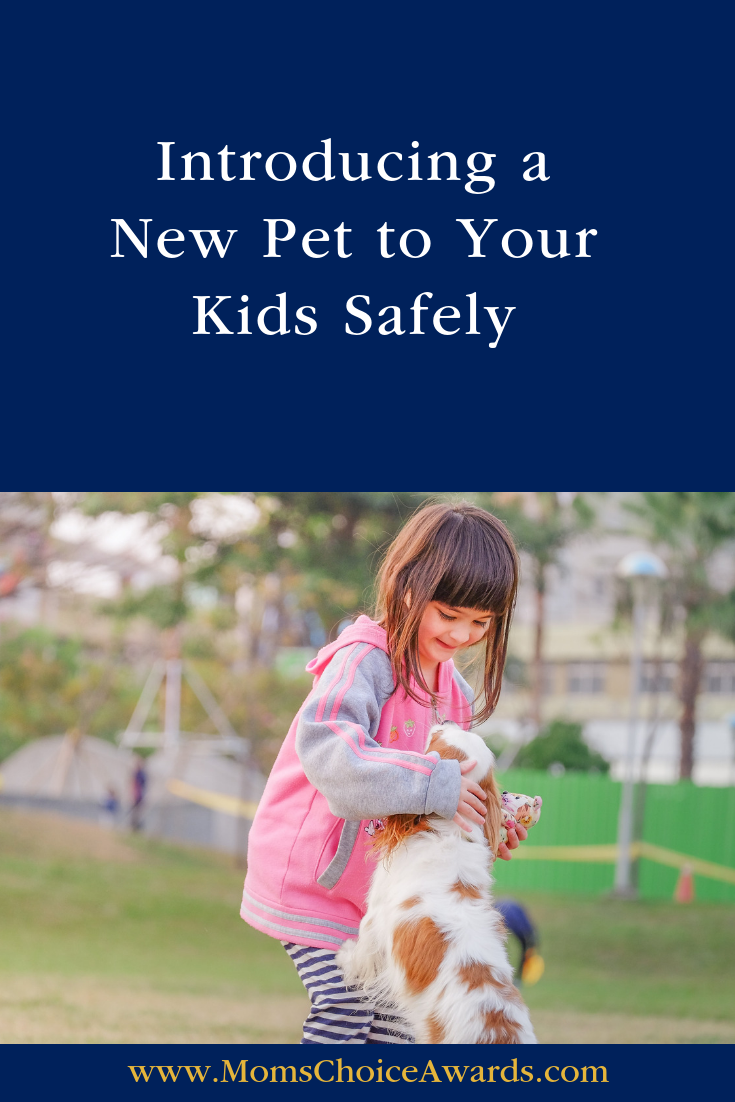 Jane Sandwood
Jane Sandwood
Teacher | Blogger | Mom
If you have young children, you have probably heard them beg for a pet of their own on more than one occasion. You certainly can’t blame your kids; pets are all around them. Around 44% of Americans own dogs and 29% have cats. Around 10% of Americans have fish and smaller pets such as bunnies, guinea pigs, and reptiles, making for quite a menagerie in many homes! Before making a decision on pets, it is important to ensure you are fully ready for them time- and money-wise. Having kids and pets can mean juggling costs and time. If you decide that you are ready to go full speed ahead, keep these considerations in mind and start taking advantage of the many benefits that pets bring to the lives of children and adults!
Picking the Right Pet
Dogs generally make great fantastic friends for kids, and studies have also shown that they can even help prevent eczema and asthma! It is important to pick a dog with the right energy level, however. Some dogs are great with kids; others deal better with adults and feel jealous when ‘their human’ gives attention to kids. In addition to picking the right temperament in a pet, you should also avoid more challenging pets that are best left to when a child is older. Iguanas, for instance, have a strong scratching instinct and need to be handled/trained for various hours a week. Ferrets, meanwhile, are cute and lively but can bite; they are also hyper sensitive to loud pitched noises.
Petting as a Privilege
If you choose a traditional pet like a dog, cat, or bunny, establish strict rules such as the ‘no pulling’ (of ears, tails, and paws) rule. Children should learn the right way to caress a pet by placing their hand over yours and noting the gentleness in your touch. When they first meet a dog, in particular, they should be instructed to stand with the side of their body facing the pet, and their hands closed into a fist. The dog should be the one to approach them first, and not vice-versa. Children should be instructed that kissing or putting their face close to a pet’s face or paws is a no-no. Pets can easily harm kids’ eyes and vice-versa. Children should never bring a pen, stick, or other sharp object close to a pet’s eyes.
Giving Kids a Job
Children who are mature enough to do so can learn responsibility by taking on chores related to their pet. They may help you out with feeding, bathing, or training a pet, for instance. They can also be in charge of ordering monthly toys, treats, and food, so that your pet has all it needs. Finally, kids can help you treat your pet with monthly flea and tick treatments and help give them their delicious chewy de-worming tablets. You should always be around to supervise all of these tasks, of course, unless your children are older teens who are responsible enough to handle a few chores on their own.
Training Children in Canine and Feline Body Language
It’s a good thing we are in the YouTube age, since videos are a great way to introduce children to body language that indicates a pet is annoyed, fearful, or about to attack. One sign that a dog feels that its space has been invaded, is when they turn their head away from a person trying to hold them. Cats, meanwhile, may hiss, moan, or growl when they are angry. Depending on the pet you have chosen, your children should be well versed in reading pet body language before they even start dealing with Fido or Kitty.
Pets bring so much to a family, including laughter, unconditional friendship, and a more active lifestyle. If you have kids, make sure the pet you choose is right for them in terms of habits and temperament. Finally, ensure kids know that pets are vulnerable creatures who need to be loved and cared for, and that they have boundaries which should be respected.
 About Jane Sandwood
About Jane Sandwood
Jane has been a freelance writer and editor for over 10 years. She has written for both digital and print across a wide variety of fields. Her main interest is exploring how people can improve their health and well being in their everyday life. And when she isn’t writing, Jane can often be found with her nose in a good book, at the gym or just spending quality time with her family.
View all posts by Jane Sandwood here.






